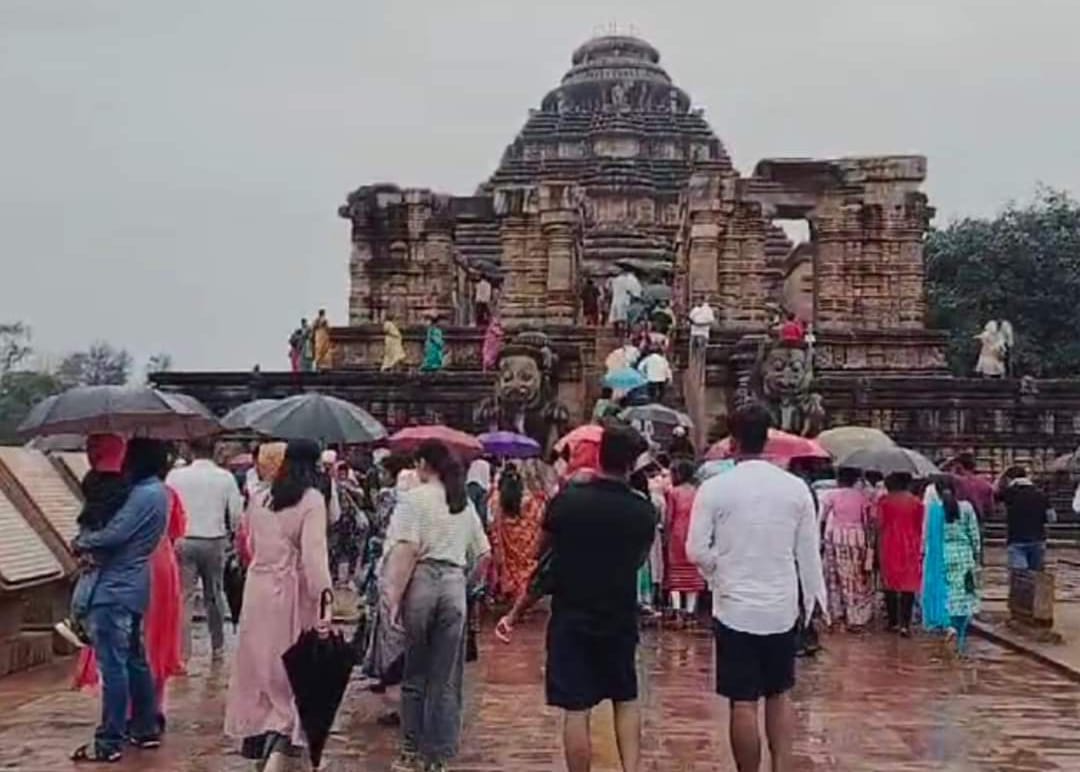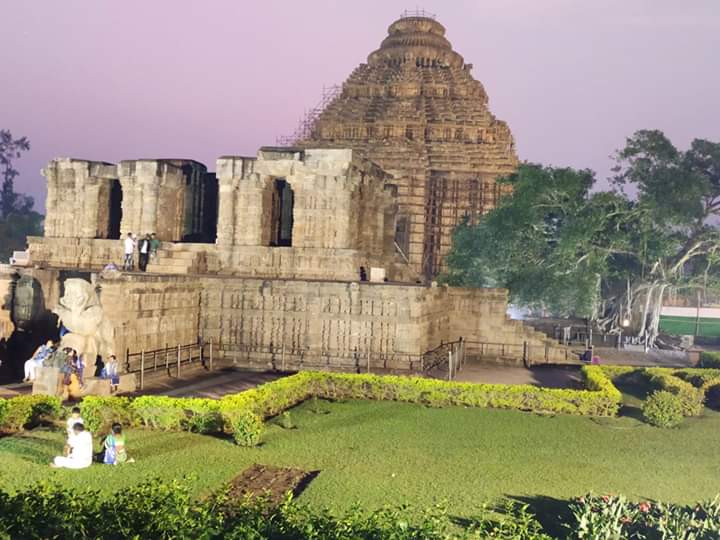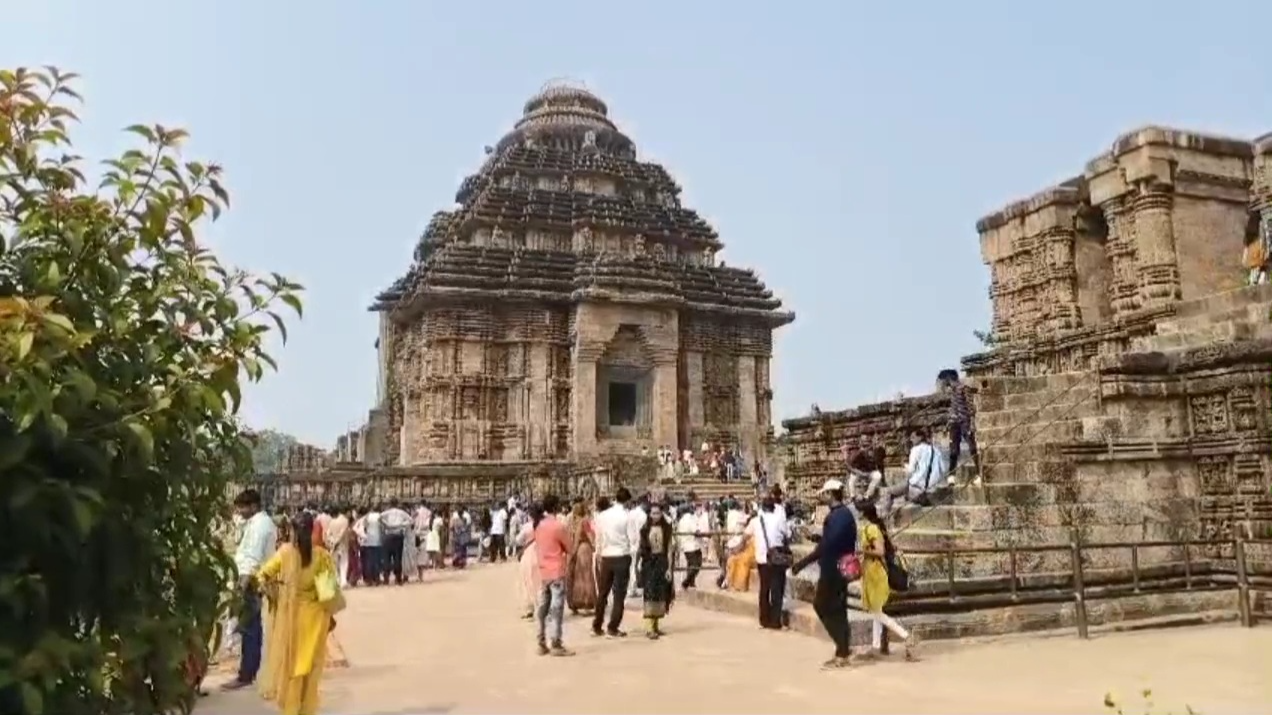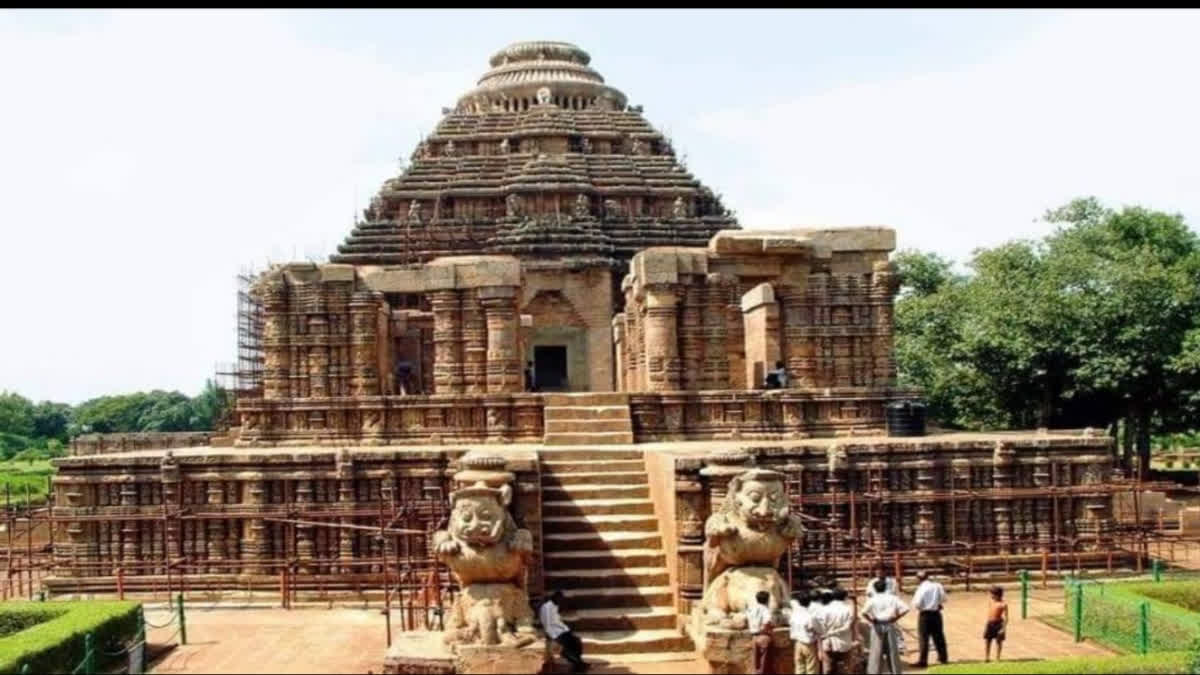Puri: The Sun Temple at Konark is not just a temple; it is an architectural splendour and a celebration of art. Built in the 13th century, this magnificent structure reflects the pinnacle of Odisha’s Kalingan architecture. The temple, shaped like a colossal chariot with stone wheels and seven horses, is a marvel that continues to draw people from across the world.
Constructed during the reign of the Ganga dynasty by King Langula Narasimha Deva around 1250 AD, Konark stands as a timeless tribute to the Sun God. Despite the passage of centuries, its intricate carvings and architectural brilliance remain unparalleled.
Mysteries Surrounding Konark
Konark is shrouded in legends and unanswered questions. Why was this grand temple built in such a unique shape? Where did the massive stones come from? How did craftsmen achieve such precision without modern tools?
Even today, these questions intrigue both common visitors and researchers. While folklore credits Samba, the son of Lord Krishna, for its creation as a penance, history offers little clarity on some of its most puzzling aspects.

The Origin of the Name ‘Konark’
The name “Konark” is believed to be derived from the Sanskrit words Kona (corner) and Ark (sun). Situated at the confluence of the Prachi River and the Bay of Bengal, this ancient harbor town was once called “Kongar.” Western sailors referred to it as the “Black Pagoda.”
The Konark Sun Temple is an embodiment of Odisha’s architectural genius. Built in the Kalinga style, the temple originally stood at a height of 229 feet, with its jagamohan (assembly hall) reaching 128 feet. While parts of the temple have decayed over time, its surviving sections continue to impress visitors.

The temple is designed as a chariot drawn by seven horses, symbolizing the Sun God’s journey across the sky. The base of the temple features 24 intricately carved wheels, each serving as a sundial to tell time with remarkable precision.
Three types of stones were used in its construction:
• Muguni Stone: For the deity’s image and the throne.
• Laterite Stone: For foundational structures.
• Khondalite Stone: For most of the temple’s exterior and intricate carvings.

A Celebration of Art
The temple is adorned with depictions of gods, goddesses, celestial beings, and scenes from life. Its walls are a canvas showcasing flora, fauna, mythical creatures, musicians, and dancers. Around 2,000 lifelike elephant sculptures add to the grandeur.
The intricate carvings also highlight the skilled craftsmanship of Bisu Maharana, the chief architect and his artisans, depicting scenes of war, hunting, and joyous celebrations. Legend has it that it was Bisu Maharana's 12-year-old son Dharama, who completed the temple just on time to save the 1200 artisans from sure death. The King, upset with the delay in construction of the temple, had ordered that if the temple is not completed on schedule, he would behead all the workers. It was then that Dharama, highly skilled and more efficient than his father, took up the work and assured all other workers that he would complete it on time. But fearing that the king would be angry on the 1200 workers for failing to do what a 12-year-old could, Dharama, jumped into the river as soon as the work was completed and died.

Legends Behind Sun Temple’s Construction
According to historical accounts, King Langula Narasimha Deva initiated the construction of the Konark temple at the advice of his mother. Having amassed a fortune during his southern conquests, the king sought to dedicate a temple to the Sun God, completing the spiritual quadrilateral of Odisha alongside temples in Puri, Bhubaneswar, and Jajpur.
Legend also suggests that it took 12 years and the toil of thousands of artisans to bring the temple to life.
Enduring Mysteries and Challenges
The Konark Sun Temple’s history is a blend of documented facts and myths. One of the greatest enigmas is its partial ruin. Initially situated amidst waters of Chandrabhaga, natural disasters took a toll on the temple over a period of time, while others speculate that invasions contributed to its decline. Currently, the sea has receded by metres and the temple stands on the land area.
Despite its grandeur, Konark faces challenges of preservation. With the main sanctum sanctorum largely destroyed, conservation efforts are crucial to ensure this heritage site remains a beacon of Odisha’s cultural identity.
As we celebrate World Heritage Week, it is important to reflect on the timeless beauty and significance of the Konark Sun Temple.
Read More



